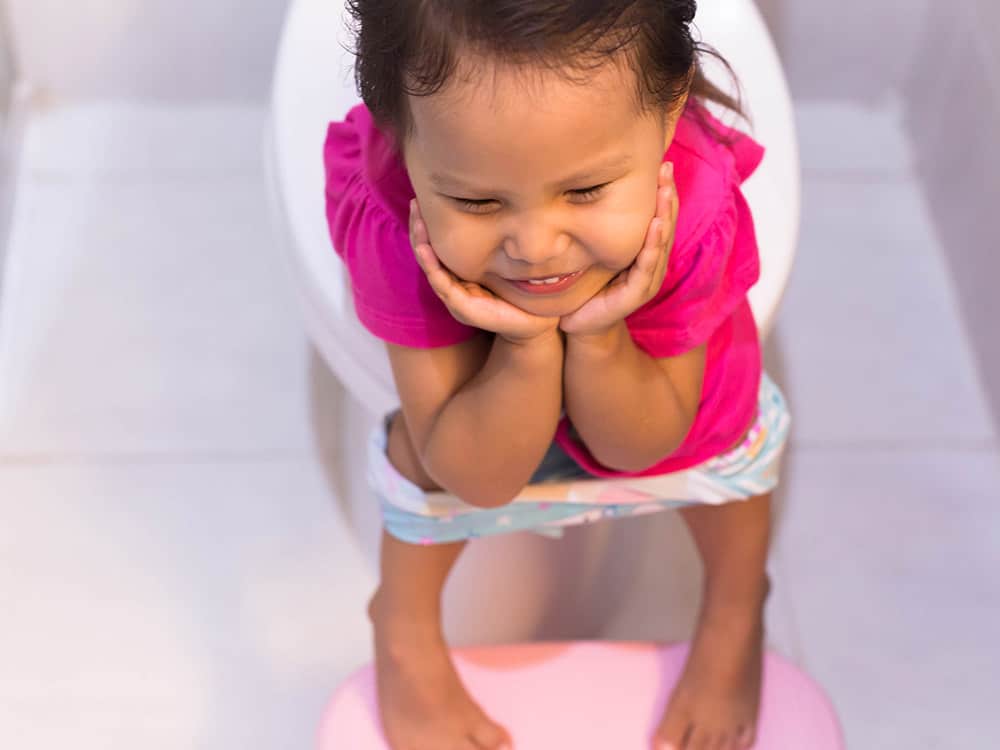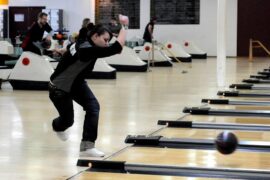Ultimate Toilet Training Guide: Tips and Tricks for Parents
Hello fabulous parents! Are you ready to say goodbye to diapers and hello to a brand-new milestone? Well, buckle up because we are diving into the exciting world of toilet training! And fear not, because you’ve got this, and we’re here to help every step of the way. With our Ultimate Toilet Training Guide, you’ll have everything you need to transform this daunting task into a successful celebration of growth for both you and your little one. Let’s get started!
Understanding the Right Age for Toilet Training
First things first, let’s talk timing. How do you know if your child is ready to embark on this potty-adventure? Look out for these tell-tale signs:
- They show interest in the bathroom habits of others.
- Their diaper stays dry for longer periods.
- They can understand and follow simple instructions.
- They communicate when they’re pooping or peeing or have just finished.
These are just a few indications of readiness, typically appearing between the ages of 18 months to 3 years. But keep in mind, every child is unique. So, don’t worry if your little one is taking their sweet time!
Preparing Your Child for Toilet Training
The foundation of a smooth transition is preparation, and here is how you can start:
- Begin with educational books or videos about toilet training to pique their interest.
- Let your child pick out their own potty or toilet seat to make them excited about using it.
- Ensure that they can easily remove their clothes. Opt for pants with elastic waists or other user-friendly options.
These small steps make a huge difference by fostering a positive and engaging environment for your child.
Setting Up a Potty Training Schedule
Consistency is key in potty training. Creating a schedule helps build a routine, and here’s how you can establish one:
- Start by taking your child to the potty at intervals, such as every two hours, and gradually increase the time as they get more comfortable.
- Encourage trying the potty after meals because digestion naturally stimulates the bowel.
- Make sure to praise their efforts every time, whether successful or not. Positive reinforcement goes a long way!
Remember, patience is your best friend during this period. Take it one day at a time and adjust the schedule according to your child’s progress.
Potty Training Techniques and Strategies
Every child responds differently to various techniques. Here are some strategies that may work wonders:
Implementation of Reward System
Create a sticker chart or a jar of treats to celebrate each success. A visual and tangible reward system can motivate your child to use the potty.
Utilizing Positive Language
Encouraging words and a cheerful attitude make the experience more enjoyable. Avoid expressing frustration and instead, focus on the progress they’ve made.
Leading by Example
Kids love to imitate! If they see you or an older sibling using the toilet, they might be more inclined to do the same.
These methods can ease the transition, but don’t be discouraged if the first try doesn’t work. Stay resilient and keep experimenting to find what resonates best with your child.
Common Challenges and Solutions
Potty training isn’t all rainbows and smiles; there will be a few clouds along the way. Here’s how you can navigate those gray areas:
Handling Accidents
Accidents are inevitable, so when they happen, maintain a calm demeanor. Reassure your child that it’s okay and just part of the learning process.
Dealing with Resistance
If your child seems resistant to potty training, take a break and try again later. Forcing the issue could potentially create a negative association with the toilet.
Being prepared for these challenges and understanding how to manage them will make for a smoother journey. Stay persistent and keep a positive outlook, as your little one will certainly pick up on your cues.
In the grand scheme of the parenting world, toilet training is just another adventure that you and your child will navigate together. With this guide, you’re well on your way to helping them master this essential life skill. So keep up the cheer, offer lots of high-fives and hugs, and celebrate every small victory. Ready, set, potty!

5 Things Parents Should Know in Preparing for Toilet Training
Embarking on toilet training can be filled with anticipation and a fair share of jitters. But being equipped with the right knowledge can turn those jitters into jitterbugs of joy. Here’s what you need to know:
-
Patience is More than a Virtue
It’s the cornerstone of successful toilet training. Understanding that accidents will happen and regressions may occur will help you maintain a sense of calm and support your child through the ups and downs.
-
Communication is Key
Open, positive, and age-appropriate communication will encourage your little one to share their bathroom needs and experiences with you. Describing the process in words they understand fosters a collaborative training effort.
-
Preparation Sets the Stage for Success
Before you even mention the potty, ensure the learning environment is ready. Having books, videos, and their very own potty or adapter seat can make the transition smoother and more engaging for them.
-
Customizing the Approach to Your Child
Some kids respond well to reward systems, while others prefer verbal praise or physical demonstrations. Observing your child’s preferences will help you tailor the training to their individual personality.
-
Health and Diet Play a Role
Be mindful of your child’s diet and maintain a healthy balance of fluids and fiber. This helps regulate bowel movements and prevents constipation, which can be a common hiccup in the training process.
The journey of toilet training is as much about learning for you as it is for your child. These key points will ensure you’re both well-prepared to tackle the experience, full of joy and learning.
Additional Tips for Success
As you navigate the waves of toilet training, additional tips can act as life preservers, keeping your spirits afloat:
- Remain consistent with the routine, even when you’re away from home. Portable potties can be a lifesaver!
- Transition to training pants as your child gains more confidence. These can help bridge the gap between diapers and regular underwear.
- Use water-resistant mattress covers to ease nighttime accidents without a fuss.
- Read your child’s cues and stay flexible. Some kids may need a more gradual approach than others.
- Celebrate steps in the right direction, not just the destination. Each successful trip to the potty is a milestone in itself!
With every new journey comes a mix of excitement and unknowns. These tips, along with the ones detailed above, provide a comprehensive map guiding the way to potty success. Embrace every moment!
Environmental and Social Considerations
Raising eco-conscious kids can start with toilet training. Here’s how:
- Opt for reusable cloth training pants or eco-friendly disposable options to reduce environmental impact.
- Encourage hand washing and general bathroom hygiene as a part of the learning curve, setting the stage for lifelong habits.
- Normalize the toilet training process in social settings to alleviate any potential embarrassment for your child.
Being mindful of the environment and social nuances during toilet training not only benefits the planet but also instills valuable life lessons in our kids.
Tailoring the Training to Your Lifestyle
Your daily routine and lifestyle play an important role in how toilet training unfolds. Single parents, working families, or those often on-the-go will each approach the training in a different way. Adaptability and customizing the training schedule to fit into your life will ensure a more stress-free process for everyone involved.
Utilize the tools at your disposal, seek support when needed, and always remember, the journey is unique to each child and family. Your approach should be as special as your little one.
Encouragement and Emotional Support
At the heart of successful toilet training is the emotional bond between parent and child. Offer a steady stream of encouragement, be ready with a comforting hug or a pep talk when needed, and above all, keep the atmosphere light and loving. Your child’s self-esteem flourishes with every “You can do it!” and so does your connection.
So radiate those warm, sunny vibes, and let the shared joy of this achievement fill your home. It’s not just about reaching the potty-training finish line—it’s about the memories you create along the way. Go team!
See more great Things to Do with Kids in New Zealand here. For more information see here
Disclaimer
The articles available via our website provide general information only and we strongly urge readers to exercise caution and conduct their own thorough research and fact-checking. The information presented should not be taken as absolute truth, and, to the maximum extent permitted by law, we will not be held liable for any inaccuracies or errors in the content. It is essential for individuals to independently verify and validate the information before making any decisions or taking any actions based on the articles.




